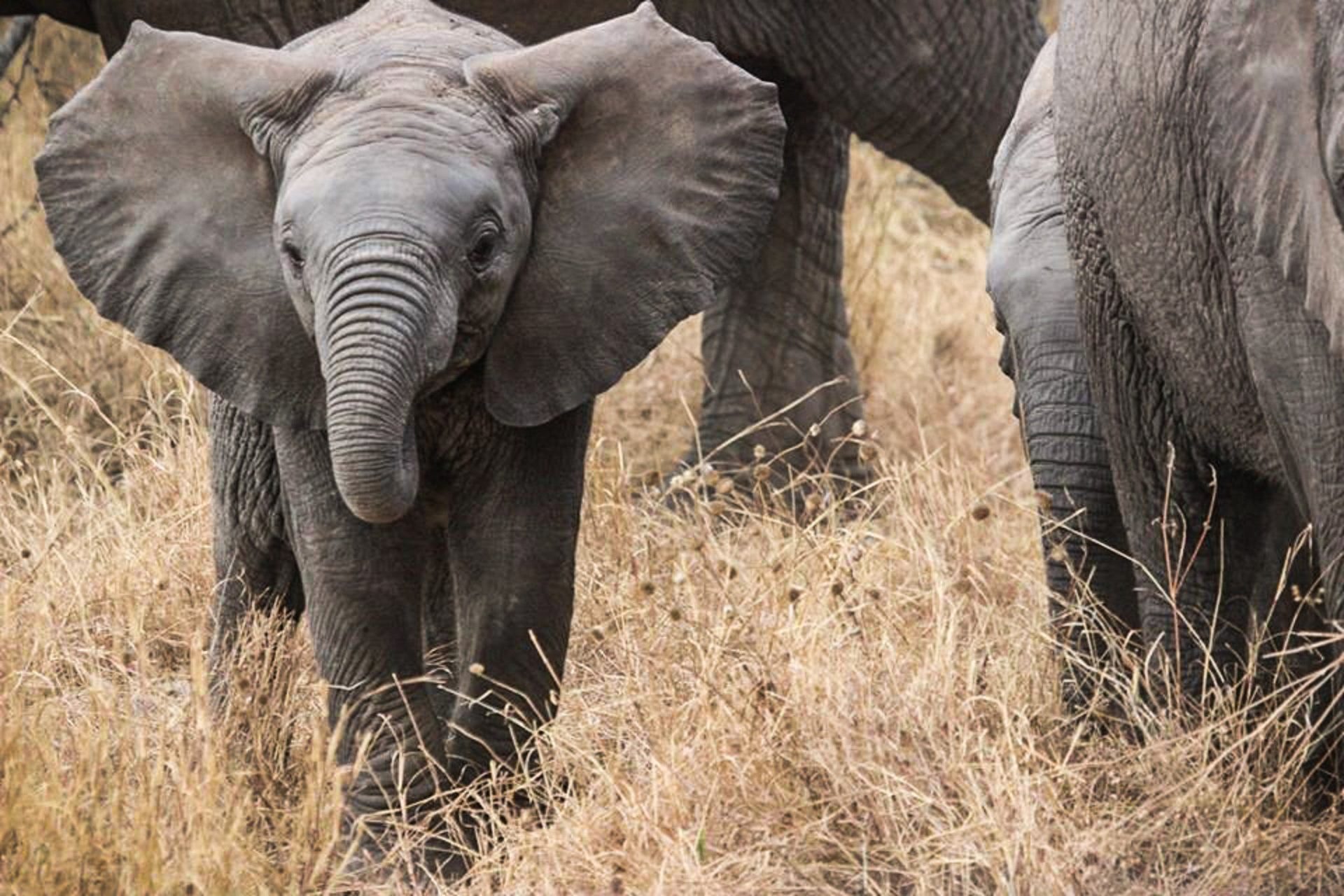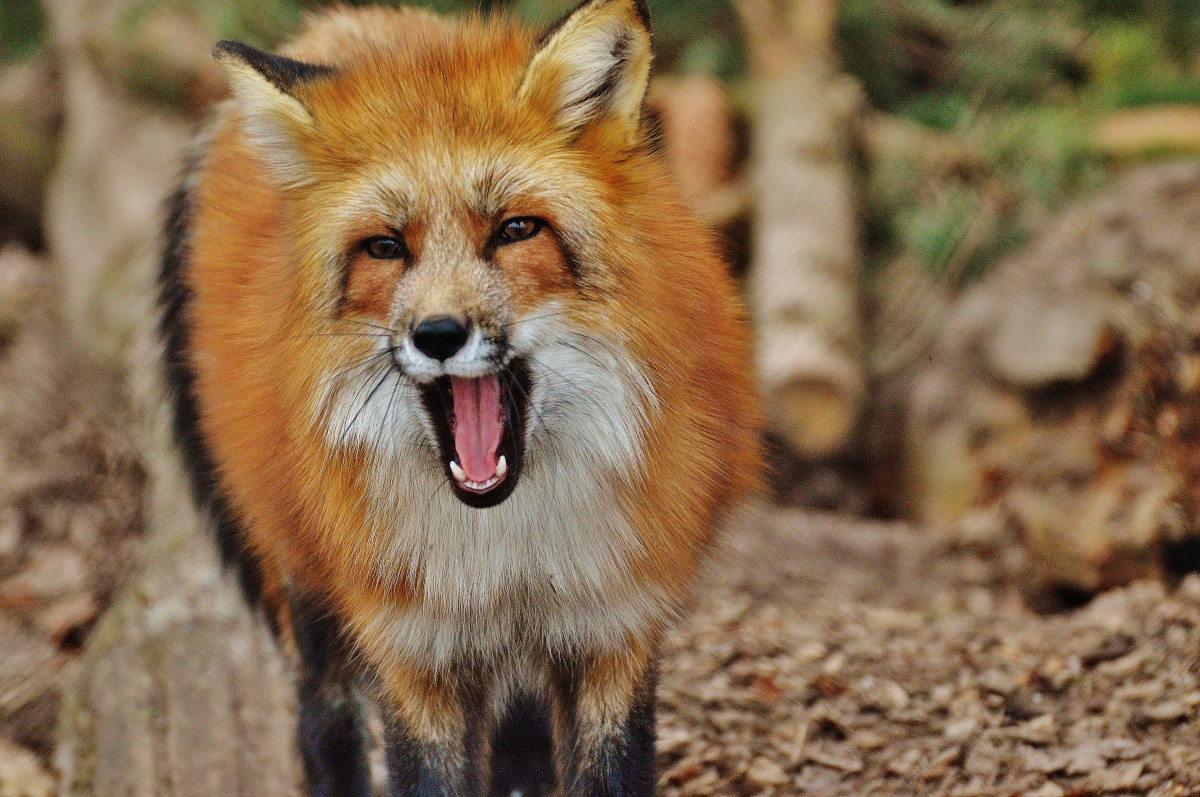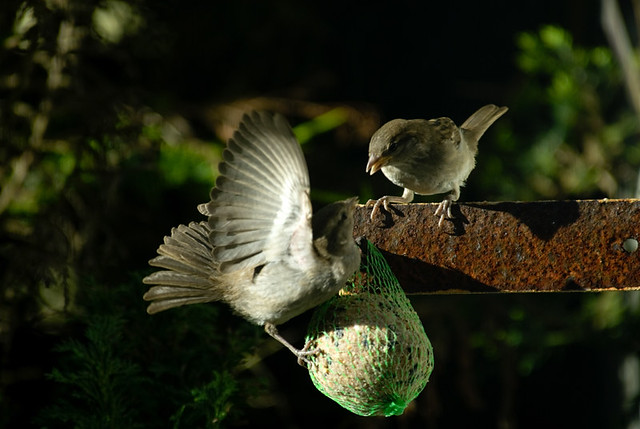Wildlife photography is an exciting genre of photography. However, getting started as a wildlife photographer can be tough due to the requirement of technical knowledge, extensive equipment, and other supplementary information. This article will clarify any questions you may have about photographing wildlife.

How is wildlife photography defined?
Wildlife photography is a popular genre that is practised by enthusiasts, amateurs, and experts alike. It refers to recording or photographing any species of animal, from birds to mammals.
What are the different styles of wildlife photography?
The process of photographing wildlife can be categorised into three types. They are:
Photographing Mammals

Mammals are what most people identify most with nature, hence mammal photography is strongly prefered by wildlife photographers. Black or brown bears, polar bears, bison, deer, elk, wolves, tigers, lions, and other classic animal subjects are included in this category.
Photographing Birds

Second, many wildlife photographers specialise only in birds. Because birds are little and swift, bird photography frequently necessitates more costly equipment and is quite a hassle to perform in the field.
Photographing Underwater

Lastly, underwater photography is a lesser-known but excellent branch of wildlife photography. Photographers such as Paul Nicklen click stunning images of sharks, turtles, seals, orcas, penguins, and other aquatic creatures.
How to begin photographing wildlife?
- To begin, one needs to have a solid understanding of photography and the different photographic equipment available on the market. Furthermore, knowledge of animal behaviour and the environment is also advantageous for wildlife photography. The internet is a fantastic resource to use when learning and improving your skills. Additionally, many organisations provide wildlife photography seminars, workshops, and other interactive events that you can utilize before stepping outside to take pictures.
- Cameras for wildlife photography can be quite expensive. Therefore, it is preferable to begin with the most basic model of DSLR and some kit lenses. The kit lenses have a maximum focal length of 300mm at the tele end and 400mm with the cropped body.
- Visit as many wildlife parks and outdoor areas as you can. Begin taking pictures of all animals you see. With time and expertise in the field, you will be able to determine exactly what your field of interest is, whether it is landscapes, portraiture, animal action photography, habitats, or any other specialised subject.
What should you keep in mind when choosing a camera for wildlife photography?
Here is a brief rundown of the most essential factors to consider when selecting a wildlife photography camera.
- An excellent burst mode. This is desirable regardless of the type of animals you’re capturing. Animals do not sit still on command, and the behaviours you wish to record may last only a second. Therefore, a camera that can take a large number of frames per second will be your best hope for getting the photo.
- A good buffer depth. Another aspect of the burst mode equation is the camera’s buffer depth. This refers to how many continuous shots a camera can take without pausing. A larger buffer implies more shots, and hence, a better chance of capturing the desired moment. Keep in mind that cameras can often capture a bigger buffer of JPEGs than RAW files, so if you do not mind editing your photos, choosing this option might be a decent alternative. The write speed of the memory card is also important, so pick the quickest card you can find.
- Quick and accurate autofocus. You must be able to maintain concentrate on fast-moving and unpredictable animals. The key to achieving this is a powerful autofocus mechanism with high point coverage across the frame.
- A lens or a variety of lenses. Ideally, you want your wildlife subject to fill the frame, but most wild creatures are difficult to approach. Thus, you will require telephoto lenses. So, if you’re going to buy a tiny camera like a bridge camera, it should come with a nice zoom lens already attached. However, if it is an interchangeable-lens camera (DSLR or mirrorless), it’s worth investigating the lens alternatives for the appropriate mount, as well as the options for telephoto lenses within your price range.
What are some tips for beginners in wildlife photography?
Begin in a familiar environment.
Capturing a stunning shot does not always necessitate a long trek away from home. Simply go into your backyard or a nearby park and take pictures of the animals you find there.
Make good use of local knowledge.
The local population of the area are more familiar with the daily habits of your target animal than you are. Therefore, it is essential to gather information by asking nearby homes, street cleaners, security guards and night bus drivers.
Learn everything you can about the topic.
Apart from some exceptional moments, all images of the natural world are captured by chance. Therefore, it is necessary to understand the behaviour of animals and their reactions, in order to reach the correct spot at the right moment.
When you’re out in the field, pay attention to the animals, since each species or group of animals has its own quirks. So the more you can watch behaviour, the better you will be able to predict what would happen.
Get ready to wait for hours.
Wildlife photographers often go to extraordinary lengths to capture a prize-winning snap. Some will wait in subzero conditions for weeks or return to those areas over several years to photograph uncommon or transitory events.
Get a closer look.
Wildlife photography need not have to be of animals that are clearly visible to the eye. You can also take images of tiny animals and their habitat, which is also quite exciting.
Take a ton of pictures.
You may need to click hundreds or even thousands of images to generate a few good ones.
Don’t be afraid of unpleasant situations.
Nature may be brutal at times, but it is in these moments that the photographer can truly uncover the beauty and the many hidden interesting stories of animals. Prey-predator or struggle scenes are popular subjects for wildlife photography. Although viewing these phenomena can be frightening, photographing them can produce remarkable photographs.
Final Thoughts
Although difficult, wildlife photography is an exciting hobby to take up. It has many other benefits apart from bringing you joy and making you productive. People learn and comprehend wildlife and conservation better when they can appreciate the beauty captured by the photographer’s eye, which in turn increases interest in ecology and conservation. This article provides all the necessary information you need to begin wildlife photography and show people the world through your eyes.
Share with your friends






